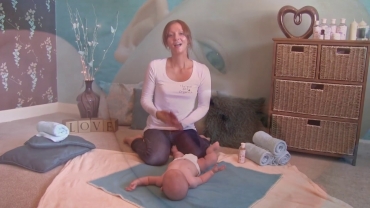
It’s a moment that you probably wouldn’t want to have captured and immortalised for the world to see, but there is no denying that the faces of women in labour make for incredibly powerful images.
The photographs in the series “Hundred Times the Difference,” by Swedish photographer Moa Karlberg, capture, in closeup, the faces of women in the final stages of giving birth.
Across the images, there is a range of expressions: grit and sensuality, trepidation and expectation, pain and elation. But in their intimate perspective the photographs emphasize the women’s shared experience—the inward focus and physical determination in their final, transformative moments of becoming mothers
Attending labours in both Sweden and Tanzania, Karlberg kept her camera with her at all times and captured some amazing photographs, documenting the agony and ecstasy of the birth process.
Half of the pictures were taken in Sweden and half in Tanzania. In the former country, almost all births take place in hospitals, where women have access to supportive midwives who are backed by sophisticated medical technology when needed. In Tanzania, by contrast, only half of births take place in medical facilities, and those that do often occur in places that lack even the most basic amenities.
What do you think of the photos?
A woman grimaces in agony during childbirth in one of a series of intimate black and white shots capturing mums-to-be during labour.
Swedish photographer Moa Kalberg captured a woman in Tanzania as she closes her eyes during childbirth.
Karlberg noted that Swedish women took nitrous oxide and painkillers and could make more noise as they were in private rooms.
Karlberg says that despite the huge disparities in women's lifestyles in Sweden and Tanzania she was struck by the similarities in their facial expressions.
The photographer says that the women and their partners could have asked her to leave at any point but never did.
Karlberg shot her first childbirth as an intern at a Swedish newspaper when she found herself sharing that 'intense and crucial moment'.
The Swedish births Moa witnessed, the more lucky she felt Scandinavian women especially compared to less-resourced hospitals around the world, including the clinics of Tanzania.
Karlberg said that: 'It is when complications arise that the external disparities become more obvious' as Swedish hospitals have everything needed to attend to a medical emergency'.
Karlberg discovered that maternity wards in Sweden didn't mind her being there to capture the experience as long as she respected staff.
Karlberg says she doesn't want to raise awareness by providing facts and numbers, 'What I want is to provoke real feelings and identification'.
One mother-to-be is seen with an acupuncture needle in a pressure point between her brows to help ease the pain of childbirth.
Karlberg gained access to clinics where Tanzanian women came to have their babies through NGOs and sympathetic translators.
In Europe, mothers took advantages of painkillers, nitrous oxide, while the women in Tanzania were lacking with medical facilities like blood supplies and were even not provided with nurses to take care.
Despite the difference in medical care, Moa was shocked to find the similarities in the facial expressions of women while giving birth.
After witnessing several births, Karlberg realized that Swedish women were lucky to give birth in a country where they got top quality healthcare and extremely low maternal mortality rate.
- 2133 views













